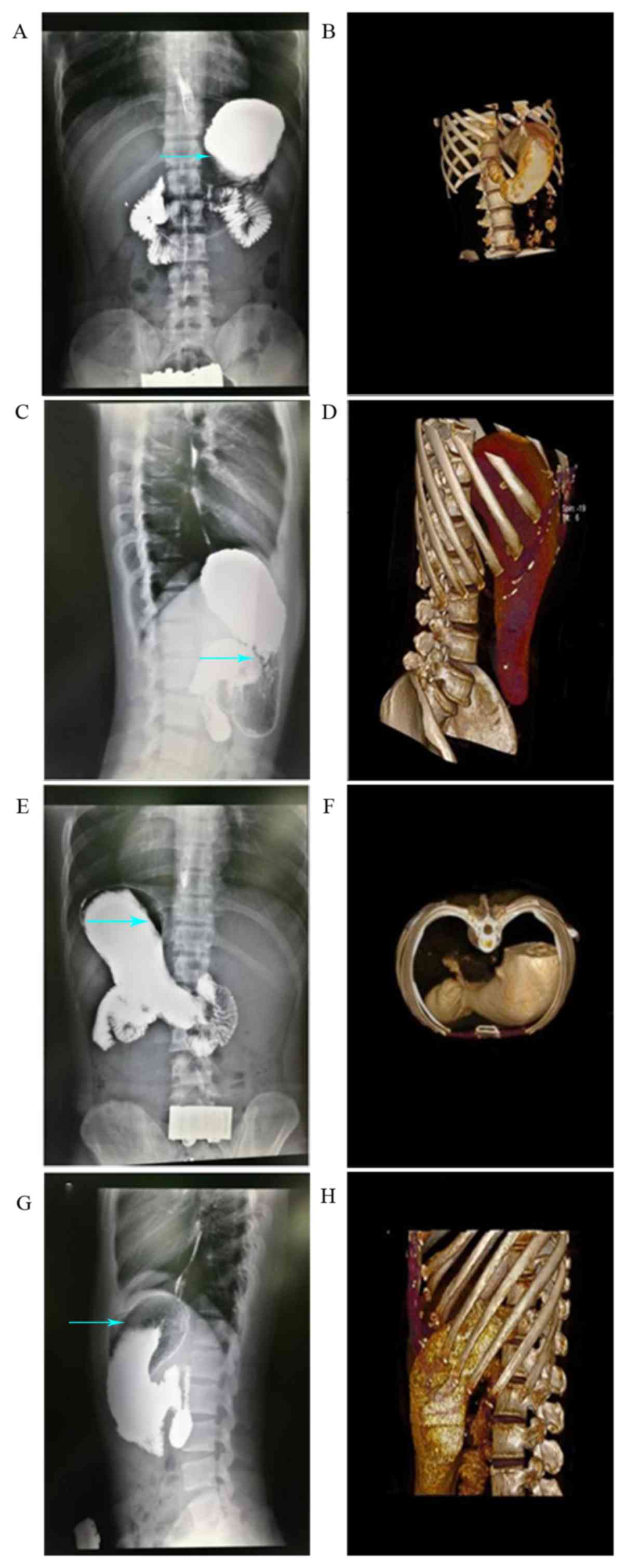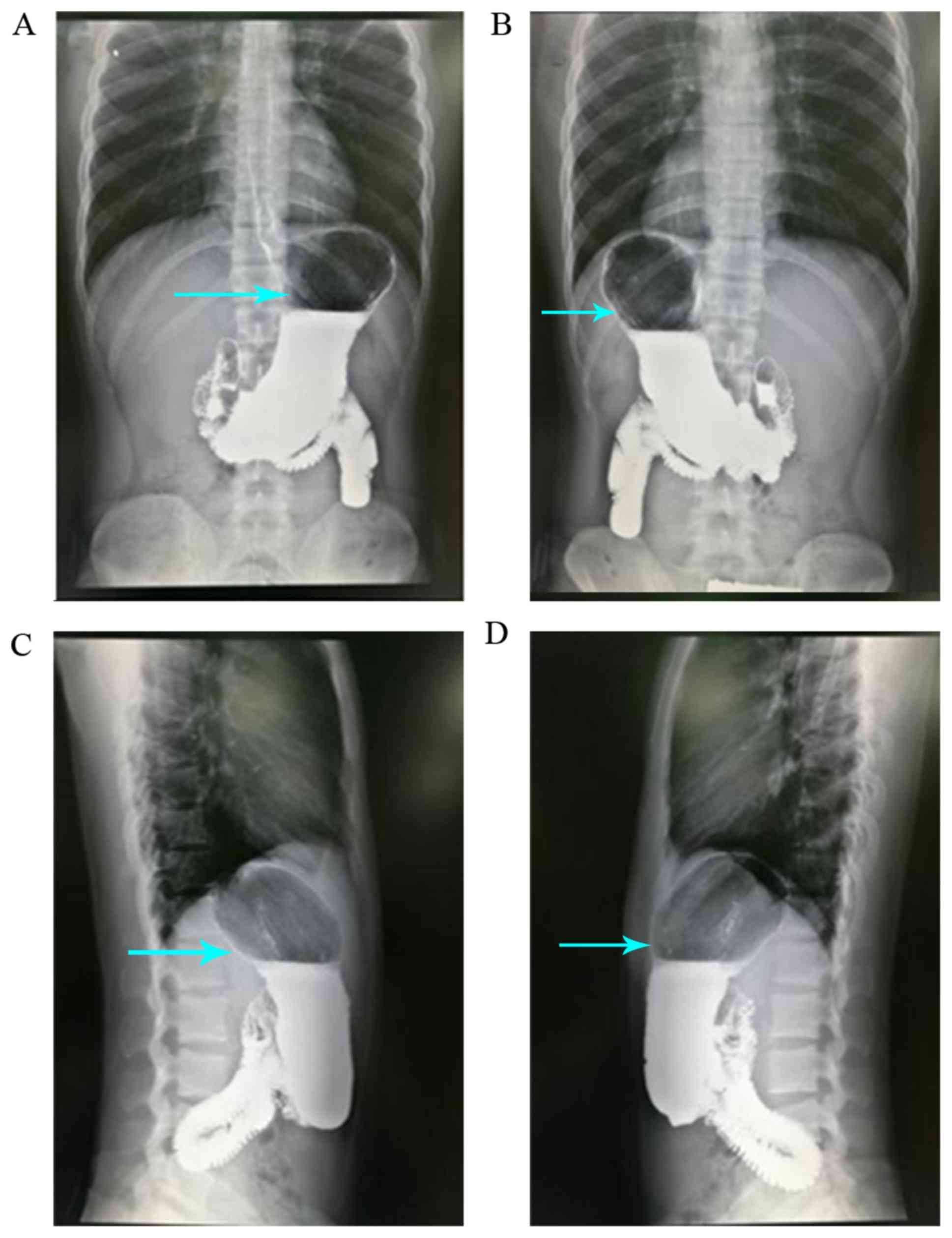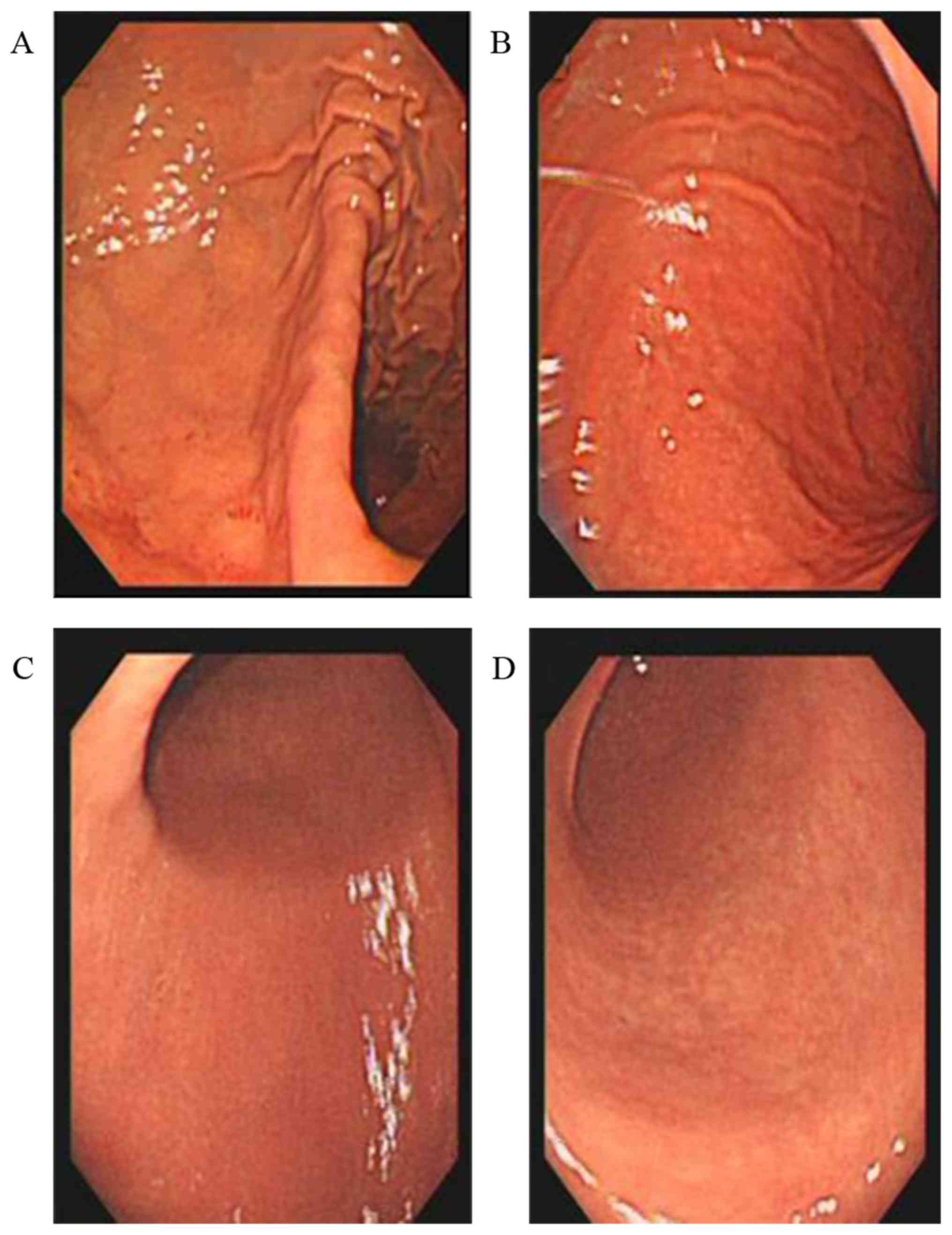|
1
|
Iddan G, Meron G, Glukhovsky A and Swain
P: Wireless capsule endoscopy. Nature. 405:4172000. View Article : Google Scholar : PubMed/NCBI
|
|
2
|
Iddan GJ and Swain CP: History and
development of capsule endoscopy. Gastrointest Endosc Clin N Am.
14:1–9. 2004. View Article : Google Scholar : PubMed/NCBI
|
|
3
|
Iddan GJ: A short history of the
gastrointetinal capsuleAtlas of Video Capsule Endoscopy. Keuchel M,
Hagenmüller F and Tajiri D: Springer; Berlin, Heidelberg: pp. 2–3.
2006, View Article : Google Scholar
|
|
4
|
Gong F, Swain P and Mills T: Wireless
endoscopy. Gastrointest Endosc. 51:725–729. 2000. View Article : Google Scholar : PubMed/NCBI
|
|
5
|
Swain P, Toor A, Volke F, Keller J, Gerber
J, Rabinovitz E and Rothstein RI: Remote magnetic manipulation of a
wireless capsule endoscope in the esophagus and stomach of humans
(with videos). Gastrointest Endosc. 71:1290–1293. 2010. View Article : Google Scholar : PubMed/NCBI
|
|
6
|
Keller J, Fibbe C, Volke F, Gerber J,
Mosse A, Reimann-Zawadzk M, Rabinovitz E, Layer P, Schmitt D,
Andresen V, et al: Inspection of the human stomach using
remote-controlled capsule endoscopy: A feasibility study in healthy
volunteers (with videos). Gastrointest Endosc. 73:22–28. 2011.
View Article : Google Scholar : PubMed/NCBI
|
|
7
|
Rahman I, Pioche M, Shim CS, Lee SP, Sung
IK, Saurin JC and Patel P: Magnet-assisted capsule endoscopy in the
upper GI tract by using a novel navigation system (with video).
Gastrointest Endosc. 83:889–895.e1. 2016. View Article : Google Scholar : PubMed/NCBI
|
|
8
|
Rahman I, Kay M, Bryant T, Pelitari S,
Salter S, Dimitrov B and Patel P: Optimizing the performance of
magnetic-assisted capsule endoscopy of the upper GI tract using
multiplanar CT modelling. Eur J Gastroenterol Hepatol. 27:460–466.
2015. View Article : Google Scholar : PubMed/NCBI
|
|
9
|
Rey JF, Ogata H, Hosoe N, Ohtsuka K, Ogata
N, Ikeda K, Aihara H, Pangtay I, Hibi T, Kudo S and Tajiri H:
Feasibility of stomach exploration with a guided capsule endoscope.
Endoscopy. 42:541–545. 2010. View Article : Google Scholar : PubMed/NCBI
|
|
10
|
Rey JF, Ogata H, Hosoe N, Ohtsuka K, Ogata
N, Ikeda K, Aihara H, Pangtay I, Hibi T, Kudo SE and Tajiri H:
Blinded nonrandomized comparative study of gastric examination with
a magnetically guided capsule endoscope and standard
videoendoscope. Gastrointest Endosc. 75:373–381. 2012. View Article : Google Scholar : PubMed/NCBI
|
|
11
|
Denzer U, Röch T, Hoytat B, Abdel-Hamid M,
Hebuterne X, Vanbiervielt G, Filippi J, Ogata H, Hosoe N, Ohtsuka
K, et al: Magnetically guided capsule versus conventional
gastroscopy for upper abdominal complaints: A prospective blinded
study. J Clin Gastroenterol. 49:101–107. 2015. View Article : Google Scholar : PubMed/NCBI
|
|
12
|
Liao Z, Duan XD, Xin L, Bo LM, Wang XH,
Xiao GH, Hu LH, Zhuang SL and Li ZS: Feasibility and safety of
magnetic controlled capsule endoscopy system in examination of
human stomach: A pilot study in healthy volunteers. J Interv
Gastroenterol. 2:155–160. 2012. View Article : Google Scholar : PubMed/NCBI
|
|
13
|
Liao Z, Hou X, Lin-Hu EQ, Sheng JQ, Ge ZZ,
Jiang B, Hou XH, Liu JY, Li Z, Huang QY, et al: Accuracy of
magnetically controlled capsule endoscopy, compared with
conventional gastroscopy in detection of gastric diseases. Clin
Gastroenterol Hepatol. 14:1266–1273.e1. 2016. View Article : Google Scholar : PubMed/NCBI
|
|
14
|
Martin T, Schwab K and Singh S: Principles
of gastrointestinal endoscopy. Surgery. 32:139–144. 2014.
|
|
15
|
Zou WB, Hou XH, Xin L, Liu J, Bo LM, YU
GY, Liao Z and Li ZS: Magnetic-controlled capsule endoscopy vs.
gastroscopy for gastric diseases: A two center self-controlled
comparative trial. Endoscopy. 47:525–528. 2015. View Article : Google Scholar : PubMed/NCBI
|

















